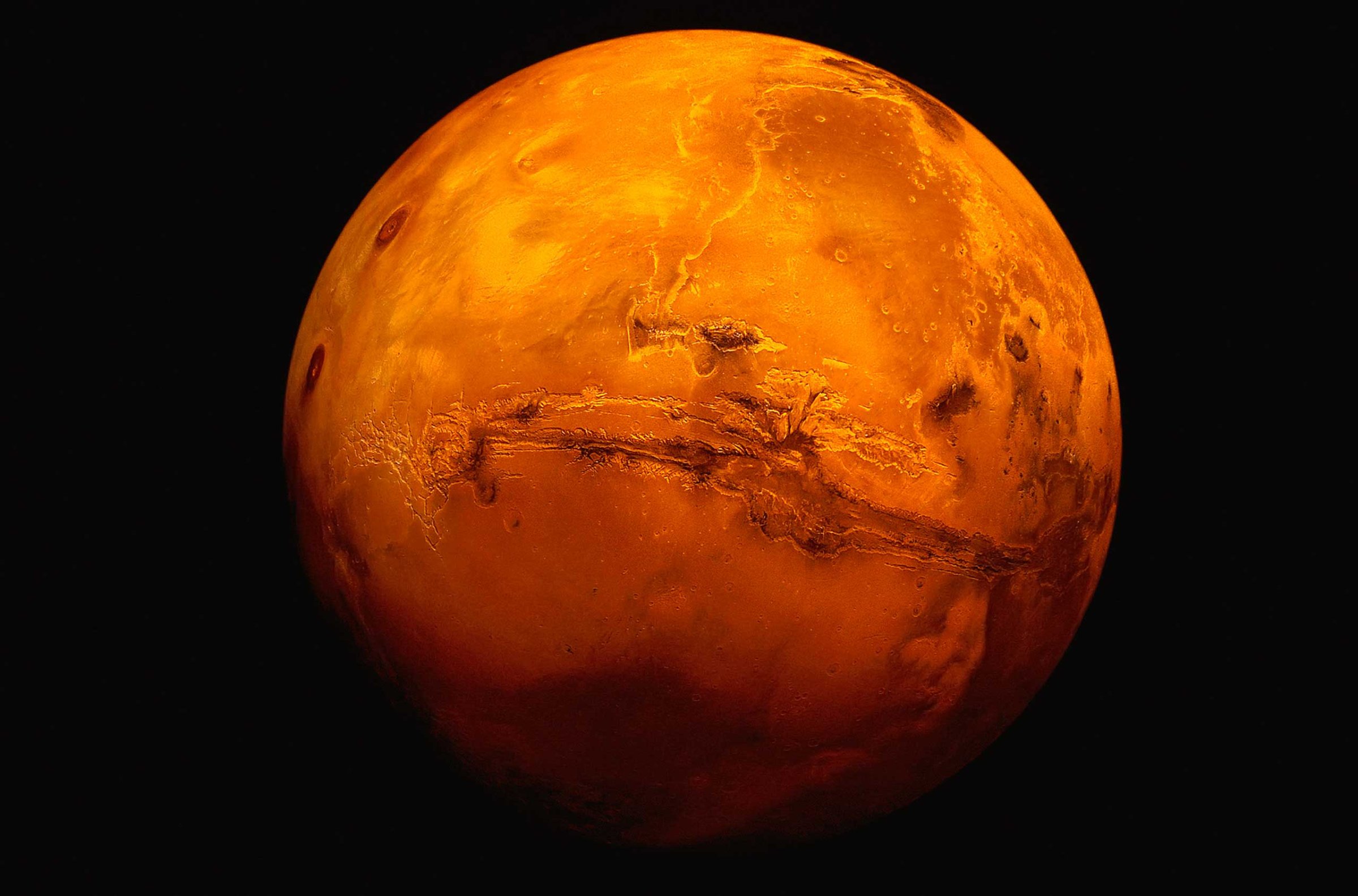
Hear that? That’s the sound of 200,000 reservations being reconsidered. Two hundred thousand is the announced number of intrepid folks who signed up last year for the chance to be among the first Earthlings to colonize Mars, with flights beginning as early as 2024. The catch: the trips will be one way, as in no return ticket, as in farewell friends, family, charbroiled steaks and vodka martinis, to say nothing of such everyday luxuries as modern hospitals and, you know, breathable air.
But the settlers in Jamestown weren’t exactly volunteering for a weekend in Aspen either, and in both cases, the compensations—being the first people on a distant shore—seemed attractive enough. Now, however, the Mars plan seems to have run into a teensy snag. According to a new analysis by a team of grad students at MIT, the new arrivals would begin dying within just 68 days of touching down.
Journey to the Red Planet: MAVEN Approaches Martian Orbit
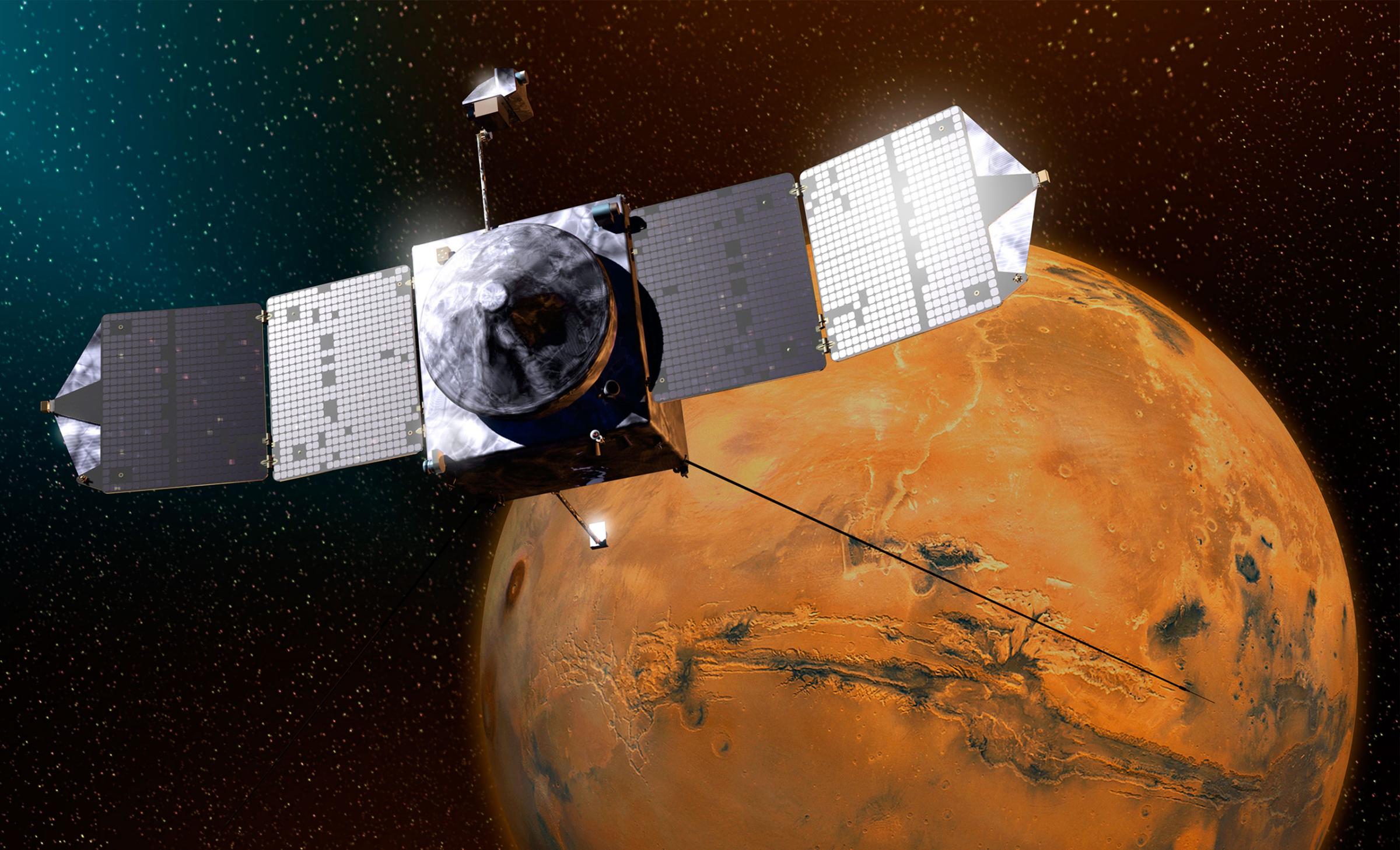
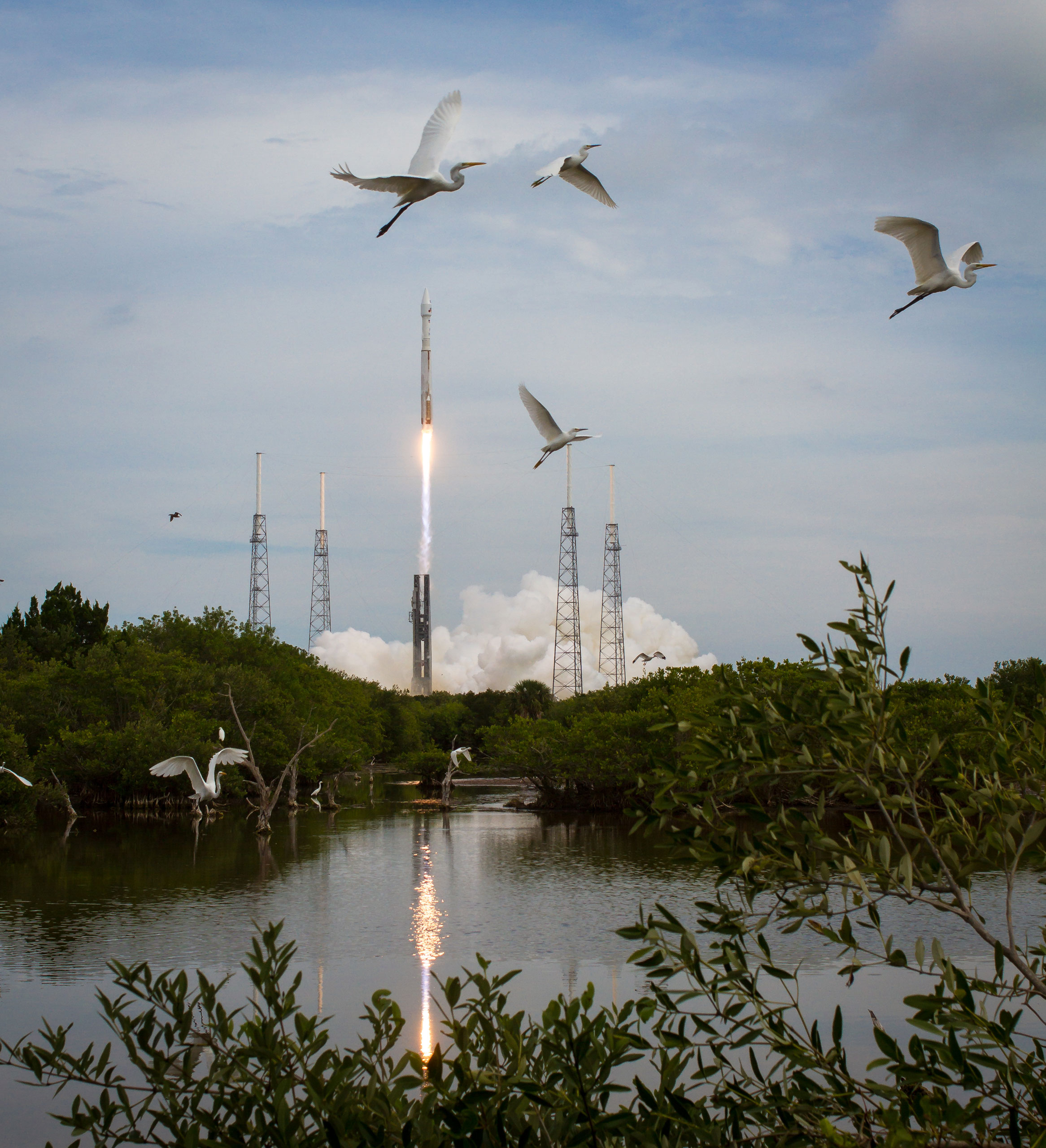
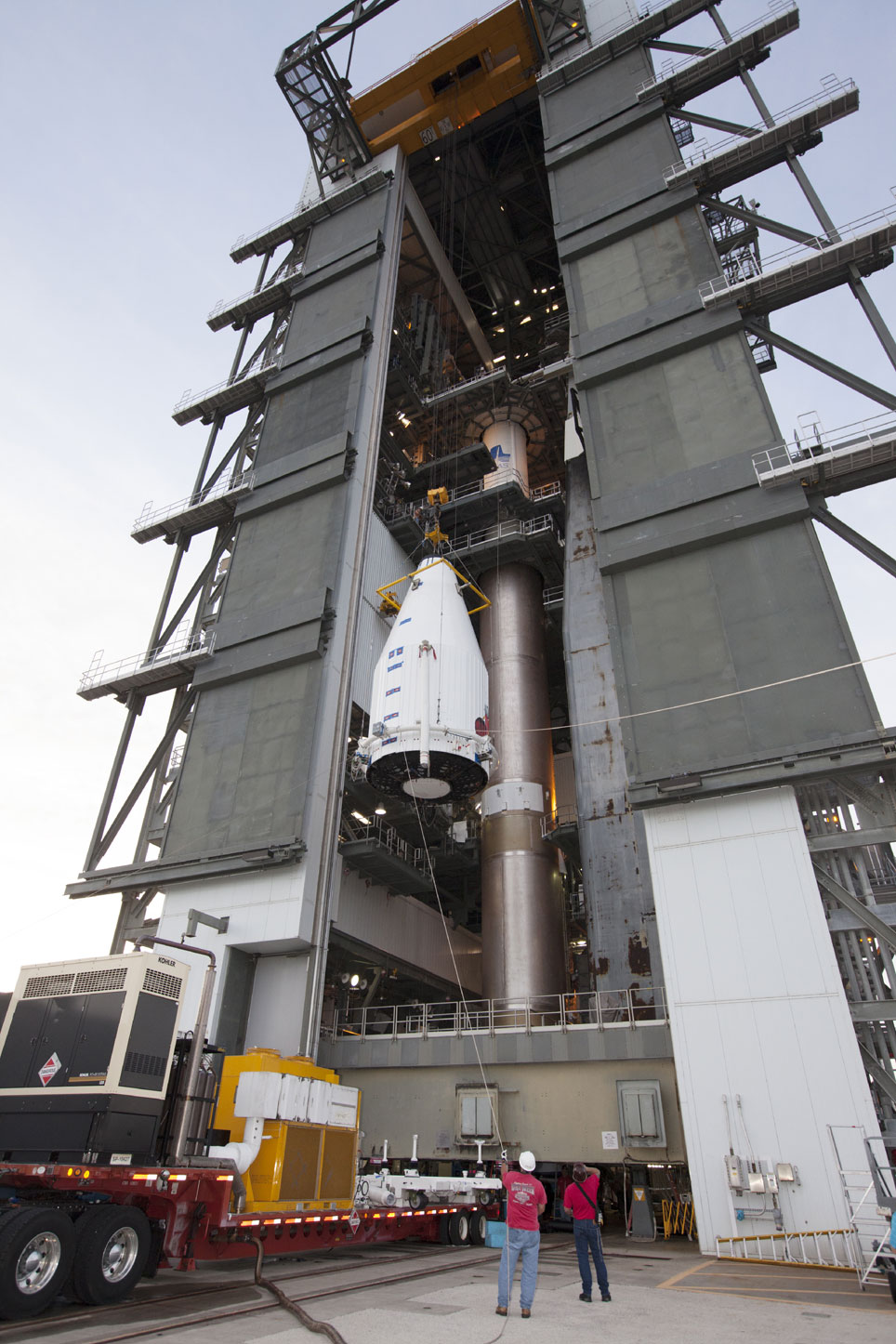
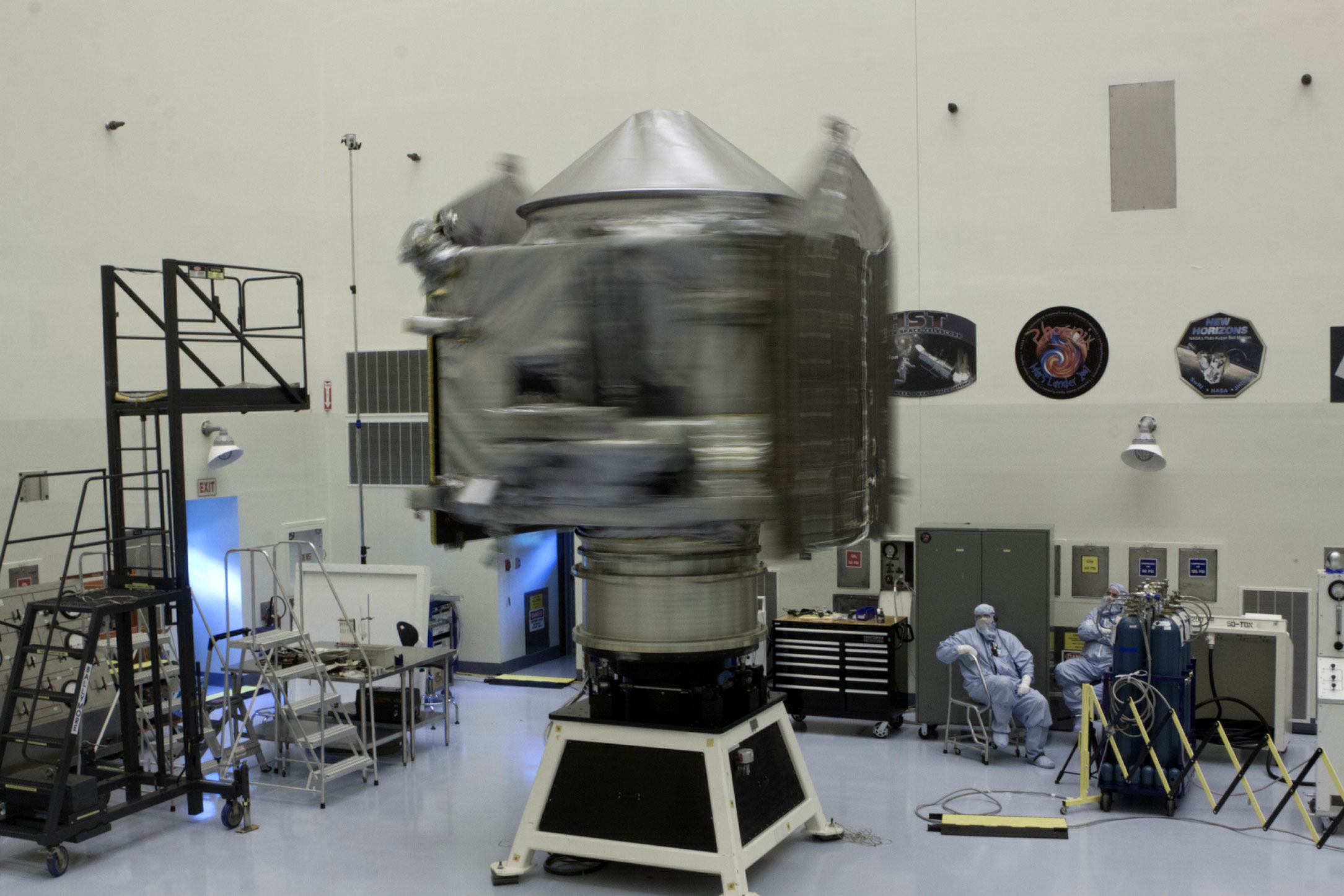


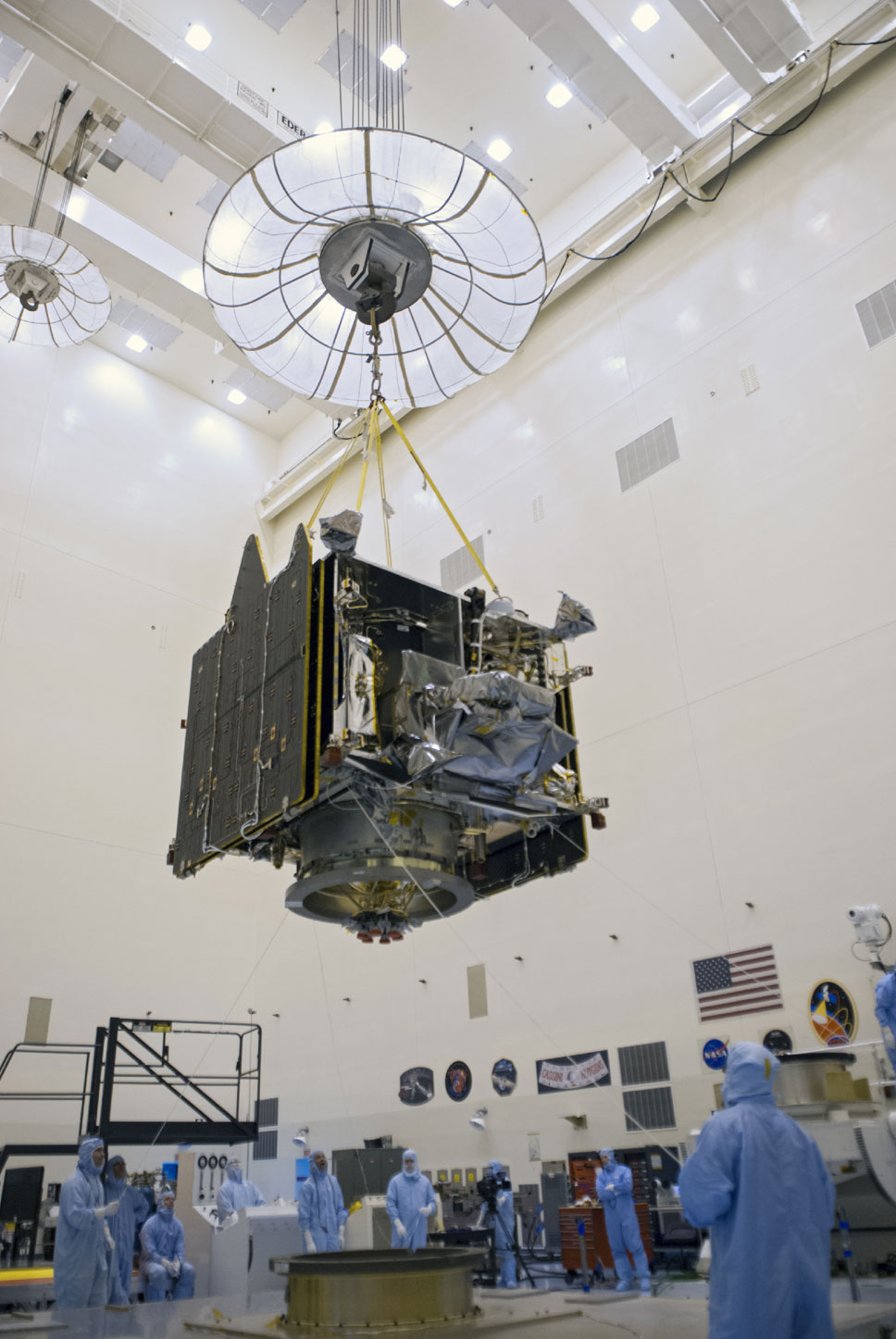
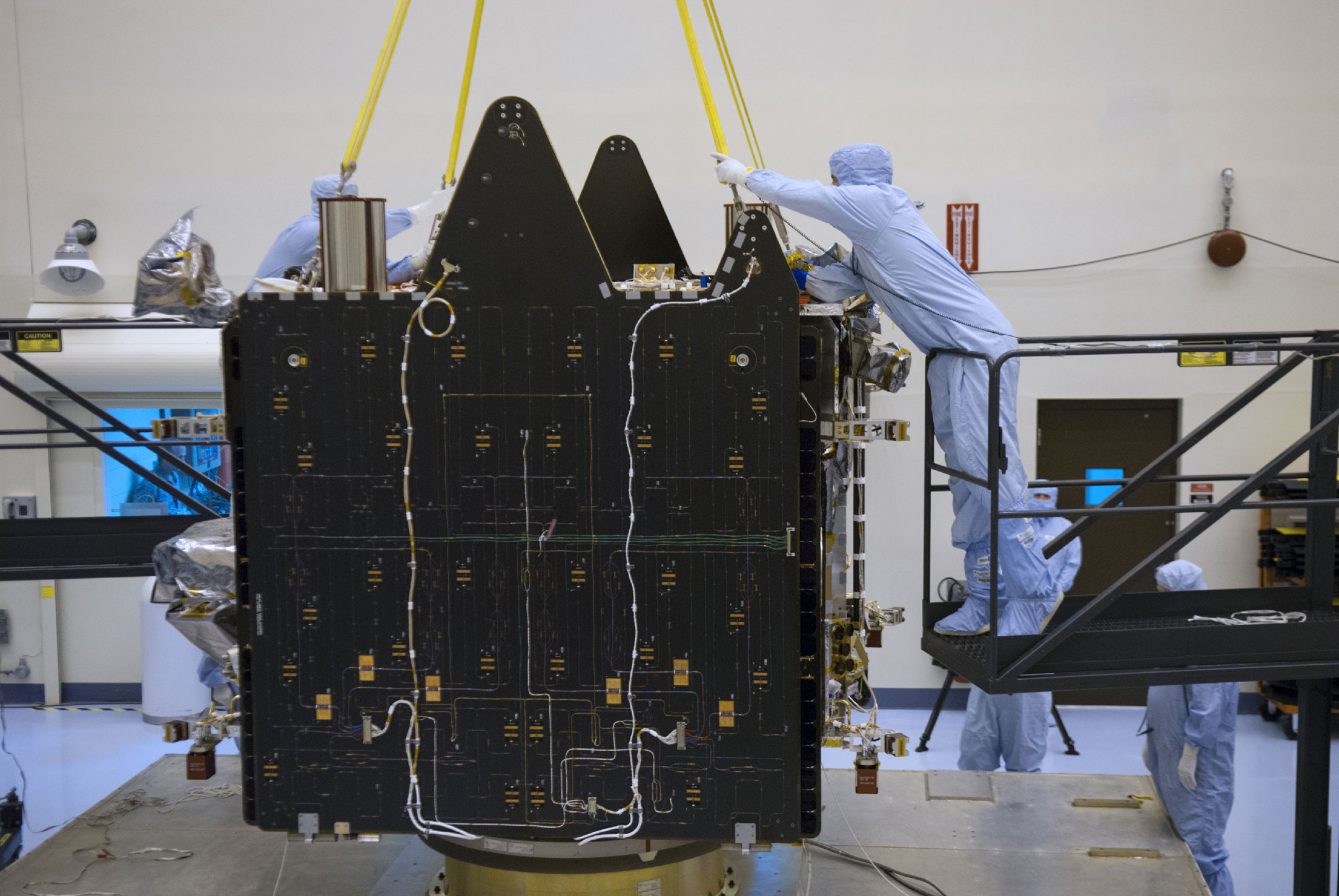
The organizers of the burn-your-boats expedition is a group called Mars One, headed by Bas Lansdorp, a Dutch entrepreneur and mechanical engineer. As Lansdorp sees things, habitat modules and other hardware would be sent to the Red Planet in advance of any astronauts, who would arrive in four-person crews at two-year intervals—when Mars and Earth make their closest approach, which holds the outbound journey to a brief (relatively speaking) eight months. The crew-selection process would be part of (yes) a sponsored reality show, which would ensure a steady flow of cash—and since the settlers would grow their own food onsite, there would be little to carry along with them. All that would keep the overall cost of the project to a shoestring (relative again) $6 billion.
So what could go wrong? That’s what the four MIT students set out to find out, and the short answer is: a lot.
The biggest problem, the students discovered, concerns that business of breathable air. One of the things that’s always made Earth such a niftily habitable place to live is that what animals exhale, plants inhale, and vice versa. Since the Martian astronauts and their crops would be living and respiring in the same enclosed habitats, a perfect closed loop should result in which we provide them all the carbon dioxide they need and they return the favor with oxygen.
Only it doesn’t, the MIT students found. The problem begins with the lettuce and the wheat, both of which are considered essential crops. As lettuce matures, peaking about 30 days after planting, it pushes the 02 level past what’s known as .3 molar fractions, which, whatever it means, doesn’t sound terribly dangerous — except it’s also the point at which the threat of fire rises to unacceptable levels. That risk begins to tail off as the crop is harvested and eaten, but it explodes upward again, far past the .3 level, at 68 days when the far gassier wheat matures.
A simple answer would be simply to vent a little of the excess O2 out, which actually could work, except the venting apparatus is not able to distinguish one gas from another. That means that nitrogen—which would, as on Earth, make up the majority of the astronauts’ atmosphere—would be lost too. That, in turn, would lower the internal pressure to unsurvivable levels—and that’s what gets your 68-day doomsday clock ticking.
There is some question too about whether the hardware that Mars One is counting on would even be ready for prime time. The mission planners make much of the fact that a lot of what they’re planning to use on Mars has already been proven aboard the International Space Station (ISS), which is true enough. But that hardware is built to operate in microgravity—effectively zero g—while Mars’s gravity is nearly 40% of Earth’s. So a mechanical component that would weigh 10 lbs. on Earth can be designed with little concern about certain kinds of wear since it would weigh 0 lbs. in orbit. But on Mars it would be 4 lbs., and that can make all the difference.
“The introduction of a partial gravity environment,” the grad students write, “will inevitably lead to different [environmental] technologies.”
For that and other reasons, technical breakdowns are a certainty. The need for replacement parts is factored into Mars One’s plans, but probably not in the way that they should be. According to the MIT team, over the course of 130 months, spare parts alone would gobble up 62% of the payload space on resupply missions, making it harder to get such essentials as seeds, clothes and medicine—to say nothing of other crew members—launched on schedule.
Then too, there is the question of habitat crowding. It’s easy to keep people alive if you feed them, say, a single calorie-dense food product every day. But energy bars forever means quickly losing your marbles, which is why Mars One plans for a variety of crops—just not a big enough variety. “Given that the crop selection will significantly influence the wellbeing of the crew for the entirety of their lives after reaching Mars,” the authors write, “we opt for crop variety over minimizing growth area.”
Then there is the question of cost—there’s not a space program in history whose initial price tag wasn’t badly lowballed—to say nothing of maintaining that biennial launch schedule, to say nothing of the cabin fever that could soon enough set the settlers at one another’s throats. Jamestown may not have been a picnic, but when things got to be too much you could always go for a walk by the creek.
No creeks here, nor much of anything else either. Human beings may indeed colonize Mars one day, and it’s a very worthy goal. But as with any other kind of travel, the best part of going is often coming home.
Read next: 20 Breathtaking Images Of The Earth As Seen From Space
More Must-Reads from TIME
- Biden Drops Out of Presidential Race , Endorses Harris to Replace Him
- Why Biden Dropped Out
- The Chaos and Commotion of the RNC in Photos
- Why We All Have a Stake in Twisters’ Success
- 8 Eating Habits That Actually Improve Your Sleep
- Stop Feeling Bad About Sweating
- Welcome to the Noah Lyles Olympics
- Get Our Paris Olympics Newsletter in Your Inbox
Write to Jeffrey Kluger at jeffrey.kluger@time.com